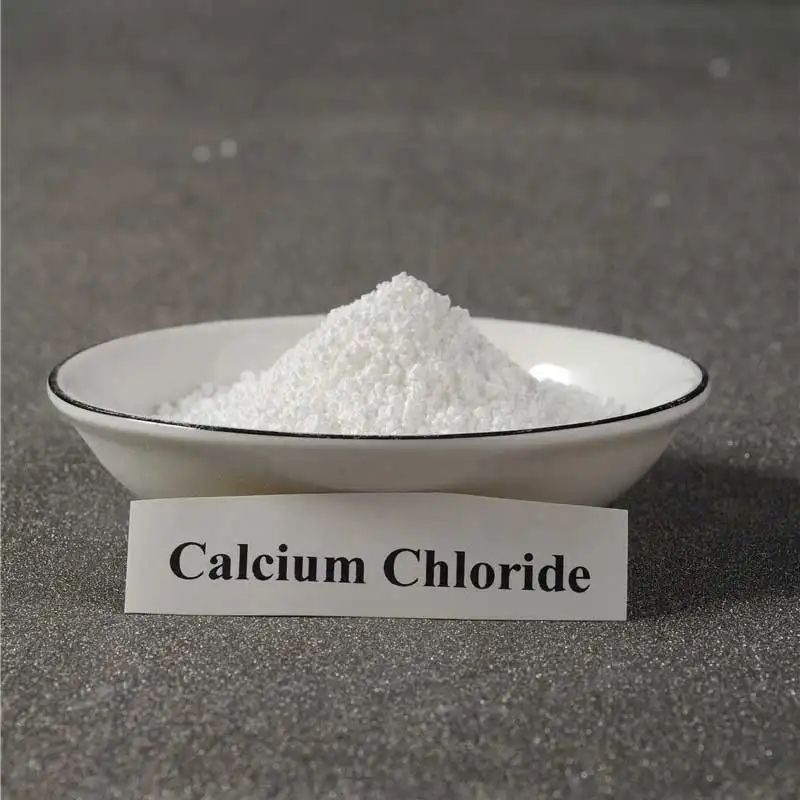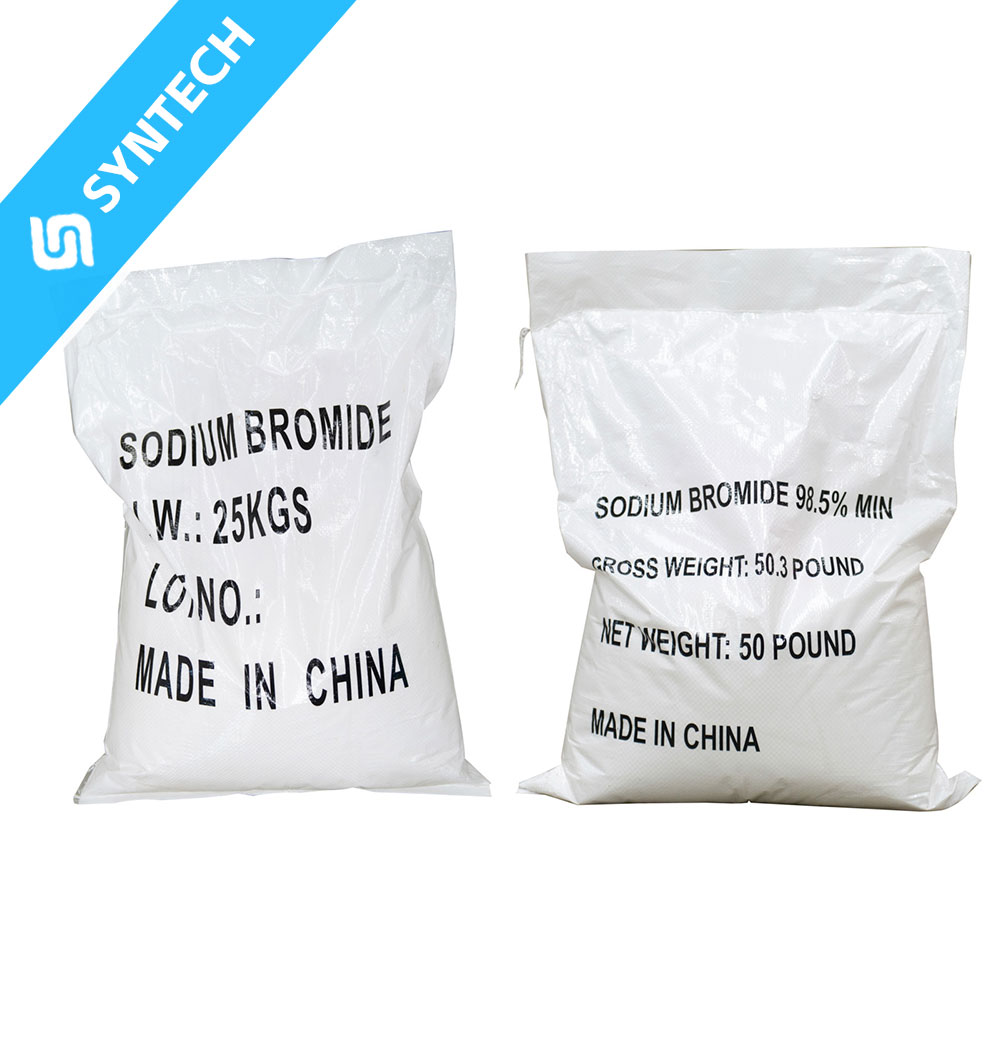The precipitation observed when Sodium Alkylbenzene Sulfonate (SMAS) is mixed with an imidazoline-based corrosion inhibitor is a classic example of incompatibility between an anionic and a cationic surfactant. This occurs due to the formation of an insoluble ion-pair complex, often called a “cosurfactant precipitate.” Optimizing this formula requires a systematic approach to disrupt this interaction while maintaining the functional properties of both components.
Here is a step-by-step strategy for optimization:
1. Fundamental Analysis: Confirming the Root Cause
Before making changes, confirm that the precipitate is indeed the SMAS-Imidazoline complex.
- pH Check: Imidazolines are often supplied as salts (e.g., imidazolinium acetates) and are cationic in acidic to neutral pH. SMAS is anionic across most pH ranges. The interaction is strongest near neutral pH.
- Simple Test: Perform a jar test with the individual components. Adding imidazoline to a SMAS solution will likely cause instant precipitation, confirming the hypothesis.
2. Formulation Optimization Strategies
A. Application of a Hydrotrope (Short-Term Solution)
A hydrotrope is a water-soluble compound that can solubilize hydrophobic compounds and prevent the formation of insoluble precipitates.
- Mechanism: Hydrotropes like sodium xylene sulfonate (SXS) or sodium cumene sulfonate (SCS)can disrupt the electrostatic attraction between the anionic and cationic molecules, preventing them from coalescing into a large precipitate.
- Action: Incorporate a hydrotrope (1-5% by weight) into the formulation. Add it to the aqueous phase before introducing the SMAS or the imidazoline. It often acts as a “coupler,” allowing the two incompatible ingredients to coexist in a stable, micro-heterogeneous system.
- Advantage: Simple, cost-effective, and often the first line of defense.
- Disadvantage: May not work for all ratios or high concentrations. It adds an extra component to the formula.
B. pH Adjustment and Ionization Control
Since the charge of the imidazoline is pH-dependent, adjusting the pH can neutralize one of the species.
- Mechanism: Imidazoline derivatives are weak bases. Raising the pH will deprotonate the nitrogen, converting the cationic imidazolinium ion into its neutral, oil-soluble freebase form.
- Action: Carefully increase the pH of the formulation to ~9-10 using a base like sodium hydroxide (NaOH), monoethanolamine (MEA), or aminomethyl propanol (AMP). The neutral imidazoline will no longer electrostatically interact with the anionic SMAS.
- Advantage: Can completely eliminate precipitation without adding new chemicals.
- Disadvantage: The neutral form of the imidazoline may be less water-soluble and could potentially oil out or provide less effective corrosion inhibition. The high pH may not be compatible with the final application (e.g., some industrial systems require neutral pH).
C. Sequential Addition and Microencapsulation
The order of addition can significantly impact the formation of large, problematic precipitates.
- Mechanism: Adding one component to a large volume of the diluted other component can minimize local high concentrations where precipitation is worst.
- Action:
- Dilute the SMAS in the main body of water.
- Slowly add the imidazoline inhibitor under vigorous agitation. This allows the imidazoline to be “sequestered” by the vast excess of SMAS micelles, potentially forming a stable, finely dispersed complex rather than a coarse precipitate.
- Advantage: A simple process change that requires no new raw materials.
- Disadvantage: Not always reliable for final product stability; the mixture might still precipitate over time or upon dilution.
D. Replacement or Structural Modification (Long-Term Solution)
If compatibility cannot be achieved, replacing one of the ingredients is the most robust solution.
- 1. Replace the Anionic Surfactant: Substitute SMAS with a nonionic surfactant (e.g., alcohol ethoxylates, nonylphenol ethoxylates – though the latter are being phased out) or an amphoteric surfactant (e.g., cocamidopropyl betaine). These are compatible with cationic species and will not form precipitates.
- 2. Replace the Cationic Inhibitor: Source a corrosion inhibitor that is inherently nonionic or anionic. Examples include:
- Nonionic inhibitors: Certain phosphate esters, fatty acid esters.
- Anionic inhibitors: Sodium salts of phosphonates (e.g., HEDP) or other carboxylic acids.
- Note: This may significantly alter the performance profile, as imidazolines are particularly effective for certain applications (e.g., CO₂ corrosion).
E. Solvent and Coupling Agent System
Incorporating a water-miscible solvent can dissolve the ion-pair complex.
- Mechanism: Solvents like ethylene glycol monobutyl ether (EGMBE), isopropanol (IPA), or ethanol can solvate the neutral ion-pair complex, keeping it in solution.
- Action: Add 5-15% of a coupling solvent to the formulation. This is often used in conjunction with other methods, particularly hydrotropes.
- Advantage: Effective and common in many commercial formulations.
- Disadvantage: Introduces volatile organic compounds (VOCs), which may be undesirable from regulatory and environmental perspectives.
3. Evaluation and Testing Protocol
After implementing any change, a rigorous testing protocol is essential:
- Visual Clarity & Stability: Store the formulation at elevated temperatures (e.g., 50°C) and room temperature for weeks to check for precipitation or phase separation.
- Performance Testing:
- Corrosion Inhibition: Confirm the optimized formula still provides adequate corrosion protection using standard tests (e.g., wheel bottle test, linear polarization resistance (LPR)).
- Interfacial Activity: Ensure the surfactant properties of SMAS (e.g., emulsification, demulsification) are not adversely affected.
- Compatibility Testing: Test the final formula for compatibility with other system components and under application conditions (e.g., with brines, other chemicals).
Conclusion
The optimal strategy often involves a combination of these approaches. A recommended starting point is to adjust the pH to 9-10 and incorporate a small amount of a hydrotrope (e.g., SXS) and a coupling solvent (e.g., EGMBE). If performance is compromised or VOCs are a concern, the most sustainable solution is to reformulate by replacing SMAS with a nonionic surfactant, preserving the efficacy of the imidazoline corrosion inhibitor while ensuring long-term physical stability of the product.






